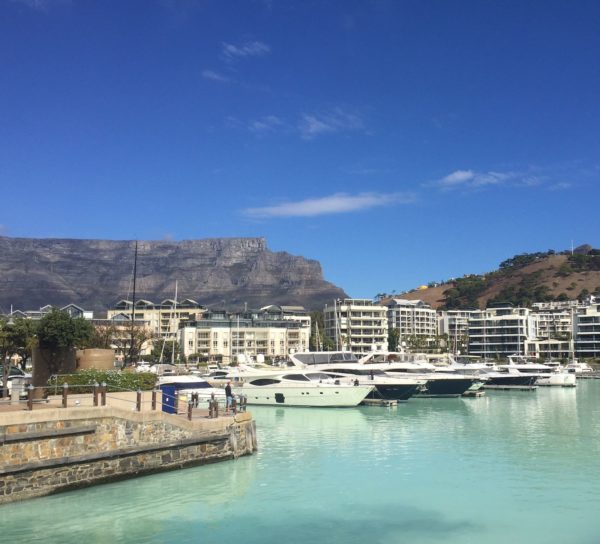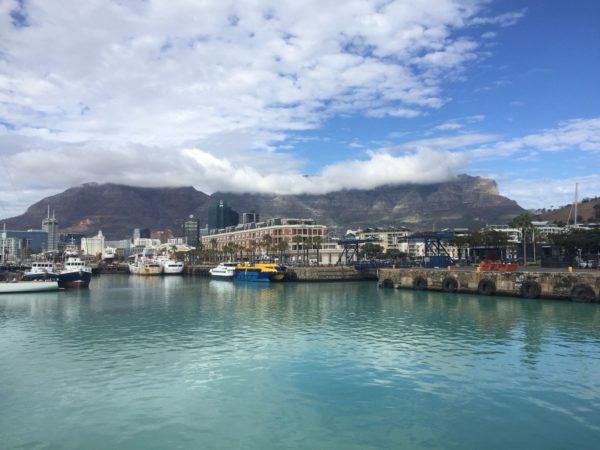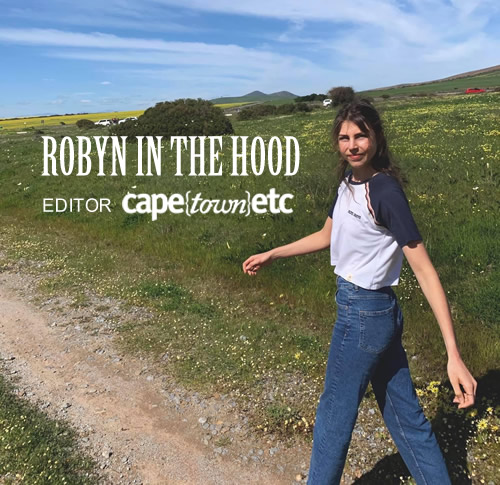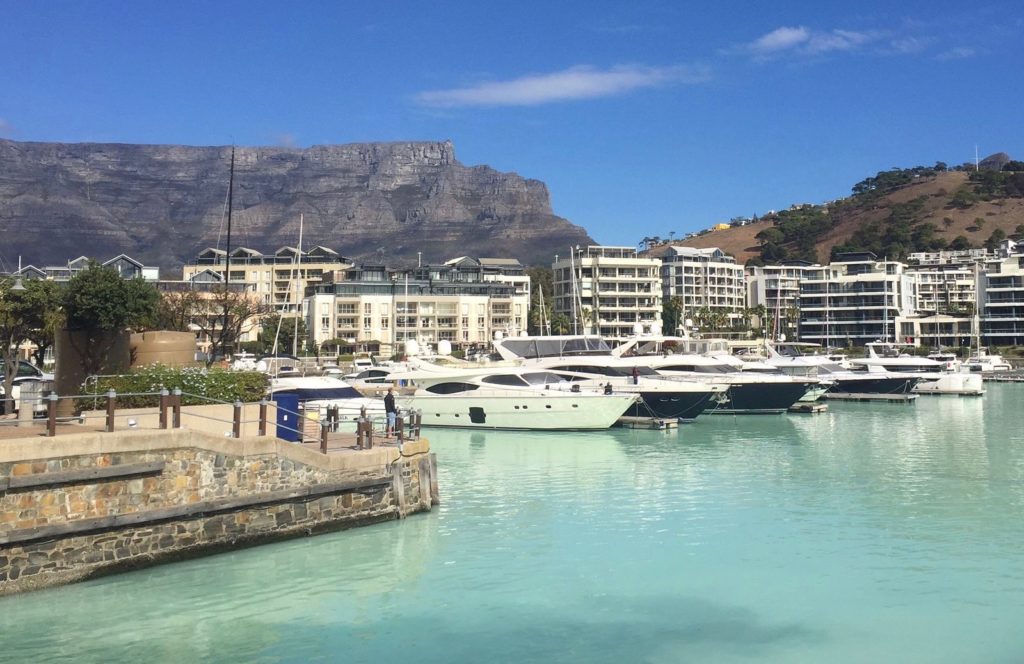Those who have visited the V&A Waterfront recently would have been welcomed with an unfamiliar sight. Crystal clear waters boasting the most gorgeous turquoise colour. We felt like we were in the Seychelles, nogal!
Turns out, there’s a particularly interesting attribution to the cause here. Light rays, water levels, strange currents? Nope! The cause is also not attributed to sewage, as some Capetonians have feared. According to marine biologist Jean Tresfon, the discoloured water is the result of a recent fish “die-off.”
Fish scurrying into the harbour to escape feeding Humpback whales have caused a system overload. What does this means? Too many fish and not enough oxygen in the water.
Robyn Simpson chatted to Ingrid Sinclair from the Two Oceans Aquarium to shed some more light on the situation. The conversation was fascinating! Here’s the lowdown.
Remember the masses of dead fish that appeared in the harbour at the V&A Waterfront? Well, it’s all related. This process of deoxygenation has been going on for some time, and unfortunately, will take time to replenish.
The harbour basin has been subjected to an algal bloom, a common natural process whereby excessive algae growth depletes oxygen levels in water.
It just so happens that while this was happening, a massive shoal of Maansbanker entered the basin to escape becoming lunch – a theory supported by the fact that a pod of Humpbacks were spotted right behind the shoal.
Already low oxygen levels, coupled with the sudden swarm of fish resulted in an almost immediate, complete depletion of the life-giving gas. Cue masses of dead fish. According to Ingrid, it was a feeding frenzy for resident seals!
As the fish started to decompose, the seals moved on, leaving the remaining corpses to diminish further. This process of decomposition also requires oxygen. All the while, ammonium is released, poisoning the already lifeless water.
Though we can no longer see the fish, it doesn’t mean they aren’t there. Remaining corpses are still decomposing on the basin floor. The translucent turquoise colour of the water is a result of a lack of oxygen combined with ammonium, scales, and oils from the decomposing fatty fish (similar to Mackerel).
Unfortunately, all marine life in the harbour basin has died. Species like muscles and anemones are able to sense ammonium and close themselves up as a protection measure, but not for long periods of time. Subsequently, the basin has seen no survivors.
What we are left with is a gorgeous graveyard.
As mentioned above, algal blooms are a natural process. One normally restored by the ebb and flow of tides, wind and movement – elements all lacking in the confines of a harbour. The remedy needed here is aeration.
The structure of the V&A harbour makes the process of aeration particularly challenging, with only a single entrance/exit point. If it was a big open bay it would be a quick process. Only new water that comes with tides and wind creates opportunity for oxygen to re-enter.
With over 200-million litres of water in the basin, there are no chemical processes that can be done to speed things up.
“The main thing is time. It will be a slow process – months,” said Ingrid.
Take a look.


View this post on Instagram
#RobynintheHood
Insta: @Robyn.inthe.Hood
Twitter: @Robynhoodcpt

Pictures: Cape {town} Etc by Peter Frost

